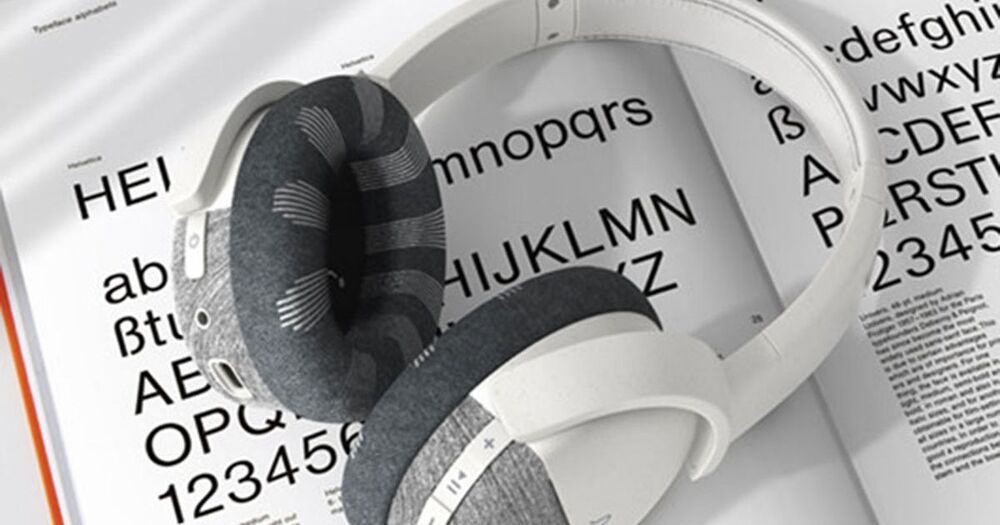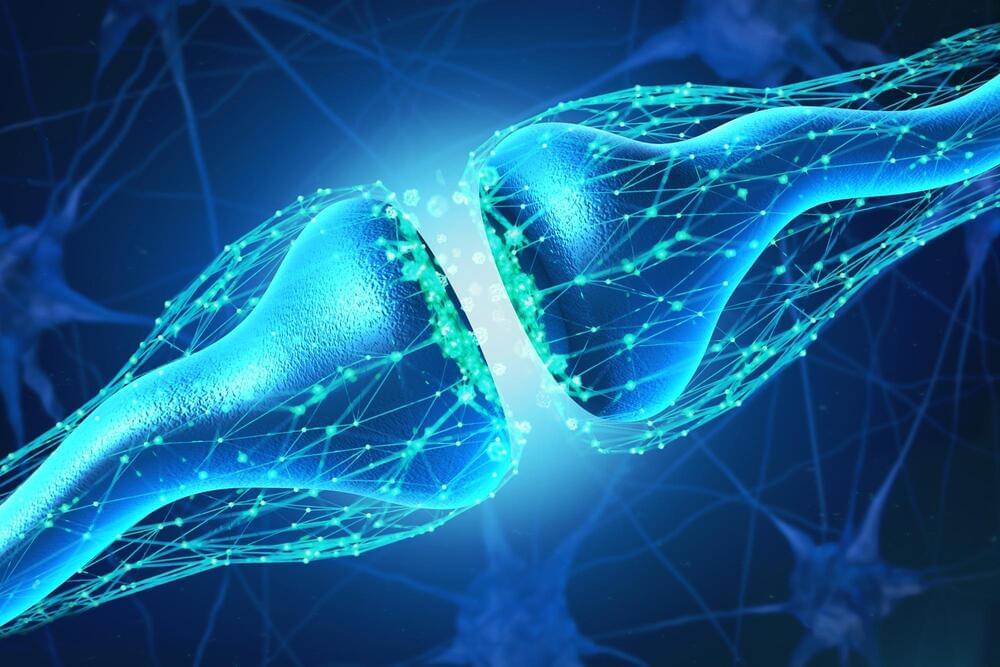The study is part of an effort by entrepreneurs and scientists, dreamers and schemers, to demonstrate aging is not inevitable.
Category: neuroscience – Page 880
President of Elon Musk’s Neuralink venture tweets that he’s left the company
Neuralink President Max Hodak tweeted Saturday that he has left the company he co-founded with Tesla and SpaceX CEO Elon Musk. Hodak didn’t elaborate on why he left the company or elaborate on the circumstance for his departure. “I am no longer at Neuralink (as of a few weeks ago),” he tweeted. “I learned a ton there and remain a huge cheerleader for the company! Onward to new things.”
✨Some personal news:✨ I am no longer at Neuralink (as of a few weeks ago). I learned a ton there and remain a huge cheerleader for the company! Onward to new things.— Max Hodak (@max_hodak) May 1, 2021
Neuralink is focused on developing brain-machine interfaces. Last month, the company posted a video to YouTube that appeared to show a monkey with a Neuralink implant in its brain moving a cursor on a computer screen using only its mind.


New Brain-Like Computing Device With Electrochemical “Synaptic Transistors” Simulates Human Learning
Researchers have developed a brain-like computing device that is capable of learning by association.
Similar to how famed physiologist Ivan Pavlov conditioned dogs to associate a bell with food, researchers at Northwestern University and the University of Hong Kong successfully conditioned their circuit to associate light with pressure.
The research will be published today (April 30, 2021) in the journal Nature Communications.

Perfectionistic cognitions appear to play a key role in clinical anxiety
A new study found that perfectionist thinking patterns contributed to posttraumatic stress disorder (PTSD) and generalized anxiety disorder (GAD) symptoms, over and above several known control variables. The findings were published in Cognitive Behaviour Therapy.
Perfectionism involves a desire to perform to the highest standards without allowing room for failure. People with perfectionist beliefs tend to be overly self-critical and put pressure on themselves to perform flawlessly at all times. While perfectionism is often seen as a favorable trait, the attribute has been linked to numerous anxiety disorders such as obsessive compulsive disorder (OCD) and social anxiety disorder (SAD).
Researchers have recently begun exploring the thought patterns that characterize perfectionism — called perfectionist cognitions (PC). As study author Jeremy Tyler and his team say, perfectionist cognitions include expectations about achieving perfection such as, “I can’t stand to make mistakes.” These cognitions have been linked to dysfunctional mental health symptoms like obsessions, distress, and anxiety. However, these associations have yet to be explored among a clinical population.

Oncogene Linked to Worsening of Blood Vessel Malformations in Brain
An acquired mutation in the cancer-causing gene PIK3CA can make blood vessel malformations in the brain worse, possibly explaining why these abnormal clusters sometimes rapidly increase in size and cause stroke or seizures, shows new research.
Research from the University of Pennsylvania and Duke University shows an acquired mutation in the cancer-causing gene PIK3CA can trigger uncontrolled growth in cerebral cavernous malformations often leading to strokes or seizures in those affected.
How close are we to uploading our minds? — Michael S.A. Graziano
It points out that to measure down to the synapse the energy needed would melt the tissue of your head.
Investigate the possibility of scanning the human brain and uploading our minds and consciousness to a digital world.
Imagine a future where nobody dies— instead, our minds are uploaded to a digital world. There they could live on in a realistic, simulated environment with avatar bodies, calling in and contributing to the biological world. Mind-uploading has powerful appeal— but what would it actually take to scan a person’s brain and upload their mind? Michael S. A. Graziano explores the challenges.
Lesson by Michael S. A. Graziano, directed by Lobster Studio.
Animator’s website: https://www.lobsterstudio.tv.


A New CRISPR Tool Flips Genes On and Off Like a Light Switch
Why not add a light switch instead?
This month, a team from the University of California, San Francisco (UCSF) reimagined CRISPR to do just that. Rather than directly acting on genes—irrevocably dicing away or swapping genetic letters— the new CRISPR variant targets the biological machinery that naturally turns genes on or off.
Translation? CRISPR can now “flip a light switch” to control genes—without ever touching them directly. It gets better. The new tool, CRISPRoff, can cause a gene to stay silent for hundreds of generations, even when its host cells morph from stem cells into more mature cells, such as neurons. Once the “sleeping beauty” genes are ready to wake up, a complementary tool, CRISPRon, flips the light switch back on.